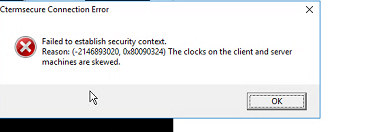If your embedded python code calls tkinter library (which is used by a lot of graphic producing libraries, including matplotlib), you might get this error:
InterSystems Developer Community is a community of
25,526 amazing developers
We're a place where InterSystems IRIS programmers learn and share, stay up-to-date, grow together and have fun!

.png)


